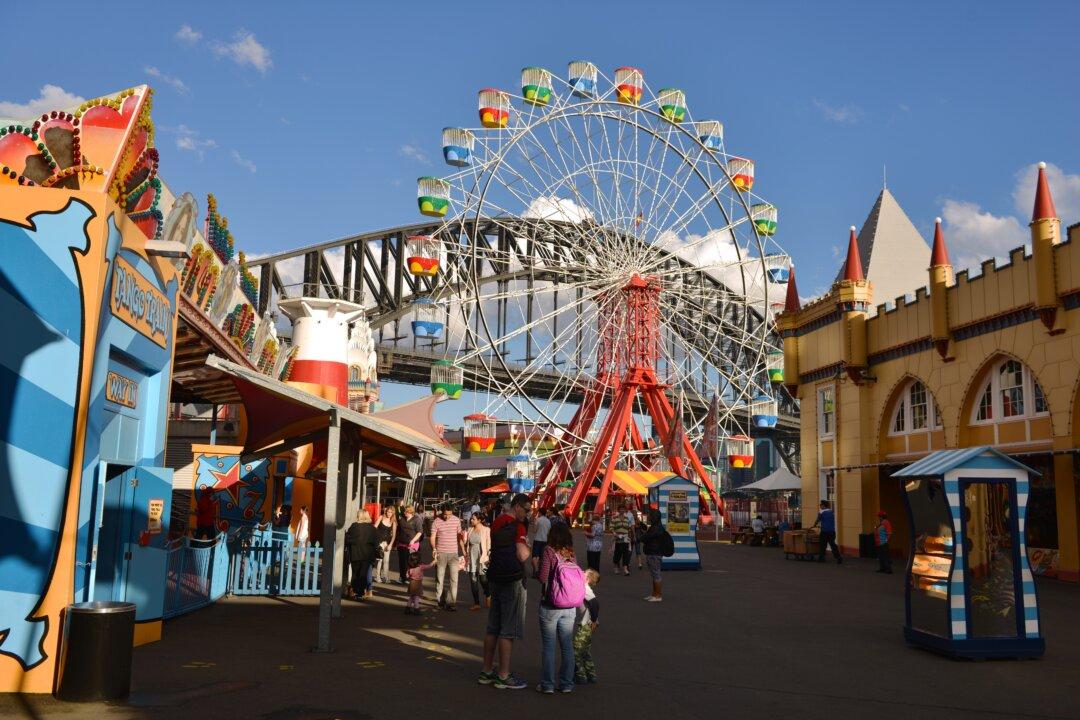The Australian amusement industry has raised concerns that state shows—known as fairs in U.S.—festivals, and school fetes across the country could be shut down after surges in insurance costs have led to amusement vendors finding it difficult to obtain operating insurance.
The Australian Amusement, Leisure and Recreation Association (AALRA) said prices of insurance coverage for local businesses had soared by 300 percent in the last few years.





